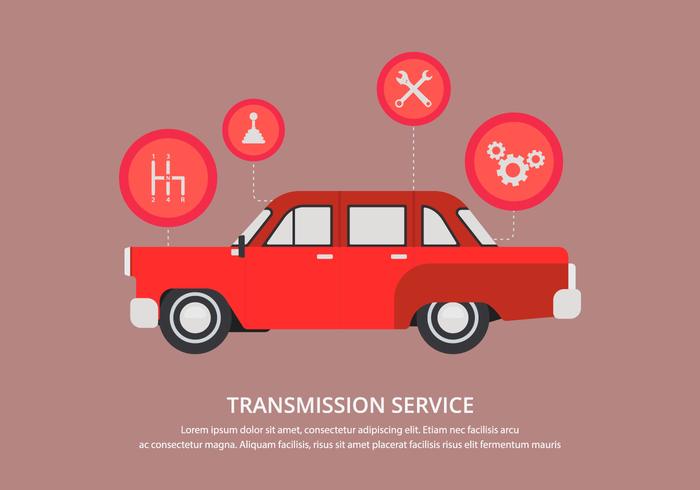Analyzing Your Car'S Alert Lighting: Their True Ramifications
Analyzing Your Car'S Alert Lighting: Their True Ramifications
Blog Article
Uploaded By-Faulkner Stark
When you're behind the wheel, those radiant caution lights on your dashboard can be a little bit difficult. Do you recognize what they're attempting to tell you regarding your cars and truck's health? Understanding the importance of these lights is important for your safety and the longevity of your vehicle. So, the next time among those lights pops up, would not you intend to decipher its message properly and take the needed steps to address it?
Common Caution Lighting and Interpretations
Recognize typical caution lights in your vehicle and comprehend their meanings to make certain risk-free driving.
The most regular caution lights include the check engine light, which indicates concerns with the engine or discharges system. If this light comes on, it's crucial to have your lorry examined promptly.
The oil stress cautioning light shows low oil pressure, requiring immediate interest to prevent engine damage.
A blinking battery light might recommend a faulty billing system, potentially leaving you stranded otherwise addressed.
The tire pressure monitoring system (TPMS) light alerts you to reduced tire pressure, influencing automobile security and fuel efficiency. Overlooking this could result in dangerous driving problems.
The ABS light suggests a trouble with the anti-lock braking system, endangering your capacity to quit swiftly in emergency situations.
Last but not least, the coolant temperature level alerting light warns of engine overheating, which can result in severe damages if not dealt with swiftly.
Understanding these common caution lights will certainly help you address problems immediately and preserve secure driving conditions.
Value of Prompt Attention
Recognizing the usual warning lights in your vehicle is just the initial step; the relevance of immediately addressing these cautions can not be emphasized enough to guarantee your safety and security when traveling.
When a caution light illuminates on your dashboard, it's your auto's means of connecting a potential issue that requires interest. Disregarding these warnings can lead to more severe troubles down the road, endangering your safety and security and possibly costing you extra in repairs.
Prompt focus to alerting lights can avoid break downs and accidents. For example, a blinking check engine light can suggest a misfire that, if left ignored, can create damages to the catalytic converter. Addressing this quickly can save you from an expensive repair work.
Similarly, a brake system advising light could signify low brake fluid or used brake pads, essential elements for your safety when driving.
Do It Yourself Troubleshooting Tips
If you see a caution light on your dashboard, there are a few DIY fixing pointers you can attempt before seeking professional assistance.
The very first step is to consult your auto's handbook to understand what the specific warning light indicates. In some cases the problem can be as easy as a loose gas cap setting off the check engine light. Tightening up the gas cap may resolve the trouble.
One more usual issue is a low battery, which can set off various cautioning lights. Inspecting https://www.steamboatpilot.com/news/steamboat-springs-newest-auto-repair-shop-aims-to-take-care-of-people-at-decent-price/ for corrosion and ensuring they're safe could take care of the issue.
If a caution light continues, you can attempt resetting it by detaching the cars and truck's battery for a few minutes and afterwards reconnecting it. Furthermore, checking https://audi-oil-change95062.theideasblog.com/31663118/check-out-the-world-of-specialist-vehicle-describing-via-special-viewpoints-shared-by-an-experienced-professional , such as oil, coolant, and brake liquid, can aid fix advising lights related to these systems.
Final thought
Finally, comprehending your vehicle's caution lights is necessary for keeping your vehicle running smoothly and securely. By immediately dealing with these informs and knowing what they indicate, you can prevent pricey repairs and potential malfunctions.
Remember to consult your auto's guidebook for certain details on each cautioning light and act as necessary to make sure a trouble-free driving experience.
Remain notified, remain risk-free on the road!
